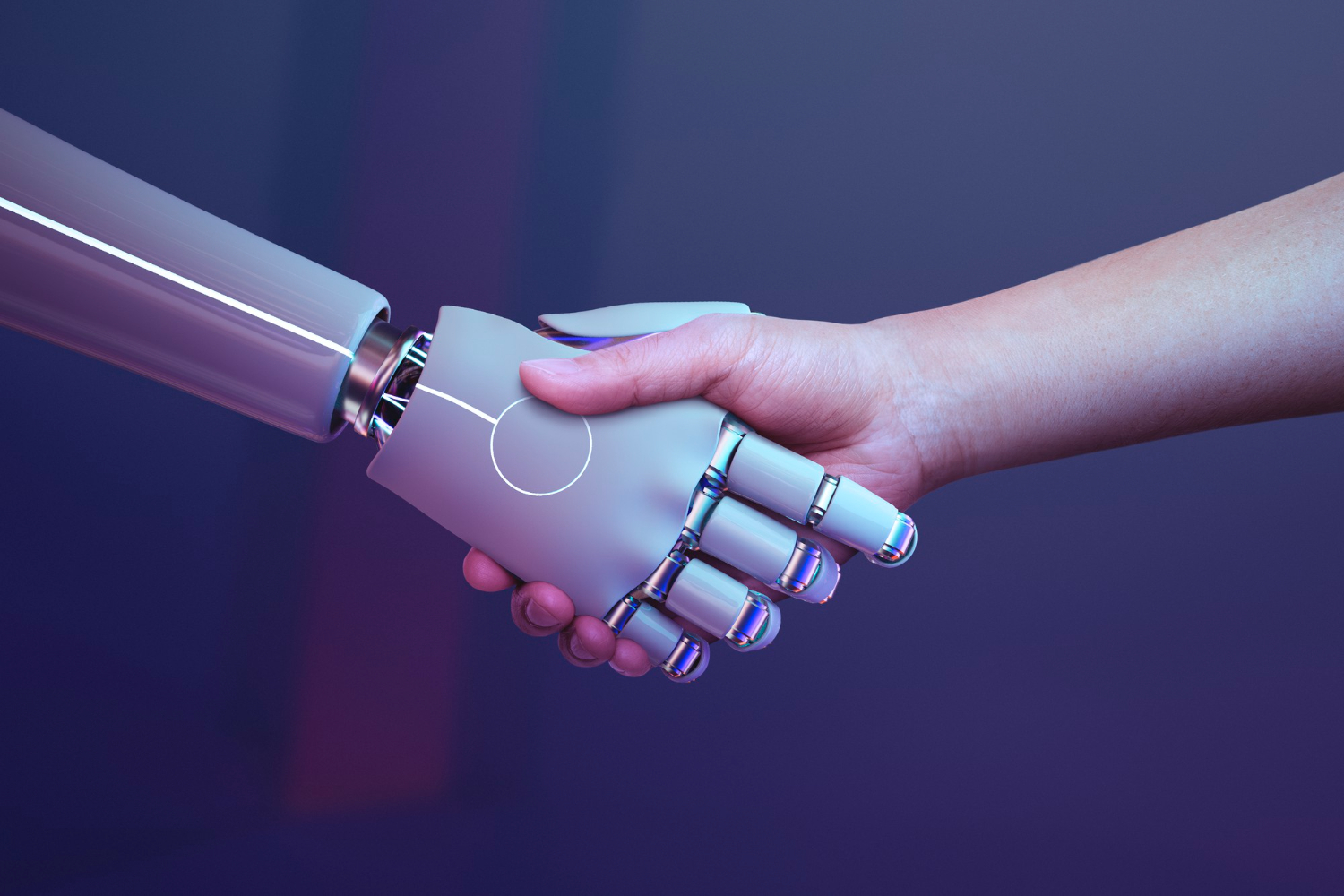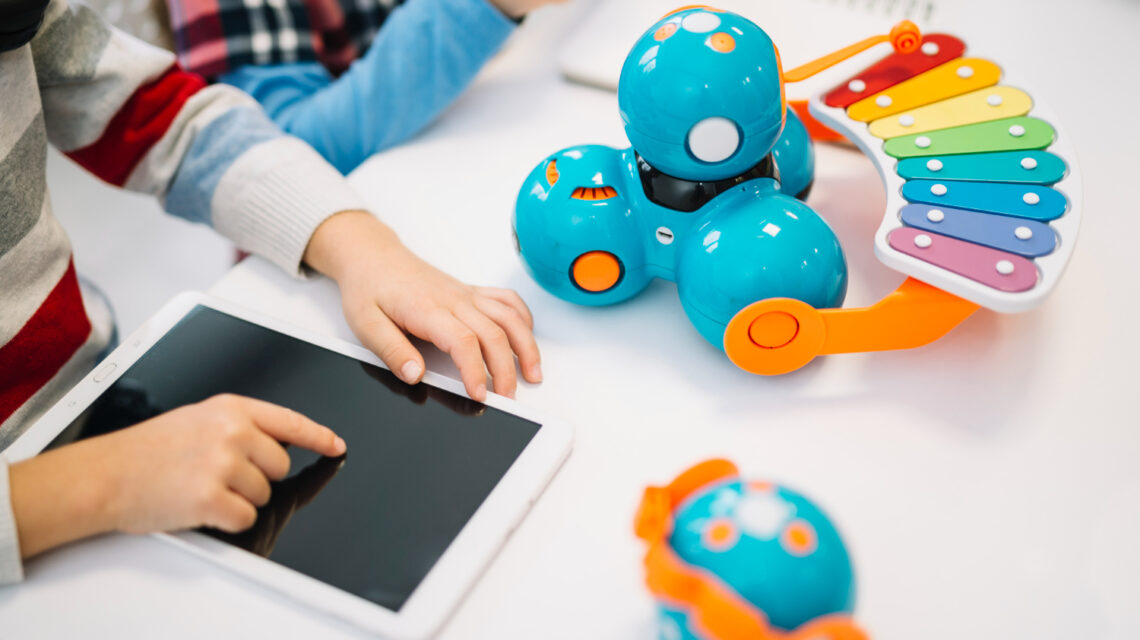Introduction
Researchers are delving into the potential of leveraging artificial intelligence (AI) for diagnosing autism and aiding individuals on the spectrum in enhancing social, communication, and emotional capabilities.
The advent of AI-based diagnosis for autism is a tangible advancement, with ongoing development in AI-driven therapies showing considerable promise. Accessible AI-based applications are now readily downloadable for smartphone users, signaling a shift towards more accessible and innovative support mechanisms.
This article elucidates the concept of AI and its multifaceted role in diagnosing and addressing autism. It also underscores the limitations inherent in robotics, AI applications, and similar tools.
Artificial Intelligence Deciphered
The term “AI” is often used broadly, encompassing a variety of programs and applications. It typically distinguishes conventional programming from a form of programming that learns through interaction. AI-based systems, in theory, emulate human-like adaptability and responsiveness compared to traditional algorithm-based counterparts.
As defined by the journal Business Horizons, AI entails a system’s capacity to interpret external data accurately, learn from such data, and apply acquired insights towards achieving specific objectives through adaptable means. In the realm of autism, AI can tailor responses to an individual’s unique strengths and challenges, akin to the role of a skilled educator or therapist.

However, it’s crucial to note that AI has yet to reach the fantastical levels depicted in science fiction. No existing robot or program has demonstrated the ability to pass the Turing Test, which assesses whether a machine’s behavior is indistinguishable from that of a human.
Artificial intelligence serves as a beacon of hope, illuminating new pathways in understanding and supporting individuals with autism. Through its boundless capacity for empathy and adaptation, AI unveils a world where every unique mind finds its place to thrive.
Dr. Arshya Vahabzadeh
The Role and Mechanisms of AI in Autism Diagnosis and Treatment
Identifying early signs of autism, particularly in individuals with minimal support needs, can be challenging. Delays in diagnosis can lead to delays in accessing crucial therapies and support services.
Several factors contribute to diagnostic delays, including the absence of definitive autism markers, overlapping traits with other conditions, and hesitancy in labeling children until a diagnosis is certain.
Deep learning, a subset of AI, holds promise in recognizing relevant patterns that might elude human observers. This form of machine learning, grounded in artificial neural networks, could potentially aid in confirming diagnoses or prompting further evaluation.

Pioneering companies are exploring AI-driven approaches to diagnosing autism, such as Behavior Imaging in Boise, Idaho, which employs the Naturalistic Observation Diagnostic Assessment app for remote observations and diagnoses.
Cognoa, based in Palo Alto, California, offers an AI-enabled autism screening tool accessible through a mobile app, streamlining the evaluation process for parents.
Robots as Therapeutic Aids for Autism
Individuals with autism often struggle with conventional forms of human interaction due to various challenges. To address this, innovative initiatives are leveraging AI to develop robots capable of engaging and teaching individuals on the spectrum.
SoftBank Robotics produces humanoid robots like NAO, designed to assist autistic children in recognizing facial expressions and navigating social interactions. MIT researchers have developed robots that integrate data from multiple sources to personalize interactions with children.

Denver-based startup Manatee collaborates with Robauto to create BiBli, a robot offering non-judgmental support during challenging interactions, thereby enhancing accessibility to therapeutic interventions.
AI Applications for Autism
AI-based applications offer a cost-effective and easily deployable alternative to high-end robots, facilitating widespread integration into homes, schools, and therapy sessions. These apps provide structured exercises aimed at enhancing various skills, adapting their approach based on user responses.
While AI holds promise in supporting autism treatment, its efficacy and integration into mainstream settings remain subjects of ongoing research. Challenges include cost barriers associated with robotics, the need for user literacy and motivation for app-based interventions, and the transferability of skills learned in virtual environments to real-life interactions.
Conclusion
In conclusion, while AI presents a novel approach to addressing the complexities of autism, its full potential hinges on continued research, technological advancements, and concerted efforts to bridge the gap between innovation and practical application in therapeutic contexts.
Source
- American Psychiatric Association. (2013). Diagnostic and statistical manual of mental disorders (5th ed.). Arlington, VA: American Psychiatric Publishing.
- Baranek, G. T., David, F. J., Poe, M. D., Stone, W. L., & Watson, L. R. (2006). Sensory Experiences Questionnaire: Discriminating sensory features in young children with autism, developmental delays, and typical development. Journal of Child Psychology and Psychiatry, 47(6), 591-601.
- Hilton, C. L., Harper, J. D., Kueker, R. H., Lang, A. R., Abbacchi, A. M., Todorov, A., & LaVesser, P. D. (2010). Sensory responsiveness as a predictor of social severity in children with high functioning autism spectrum disorders. Journal of Autism and Developmental Disorders, 40(8), 937-945.
- Lane, A. E., Young, R. L., Baker, A. E. Z., & Angley, M. T. (2010). Sensory processing subtypes in autism: Association with adaptive behavior. Journal of Autism and Developmental Disorders, 40(1), 112-122.
- Tomchek, S. D., & Dunn, W. (2007). Sensory processing in children with and without autism: A comparative study using the short sensory profile. American Journal of Occupational Therapy, 61(2), 190-200.







